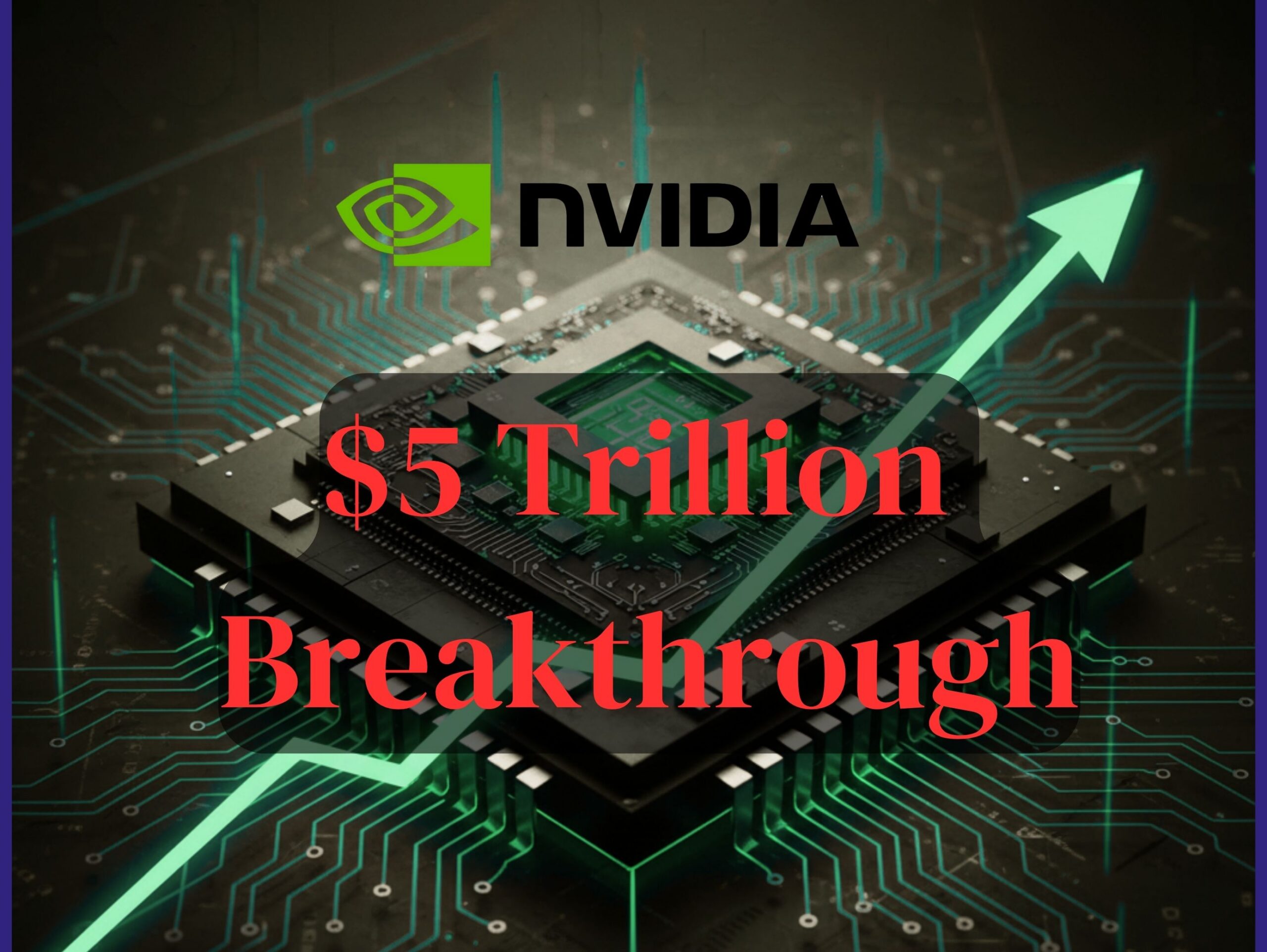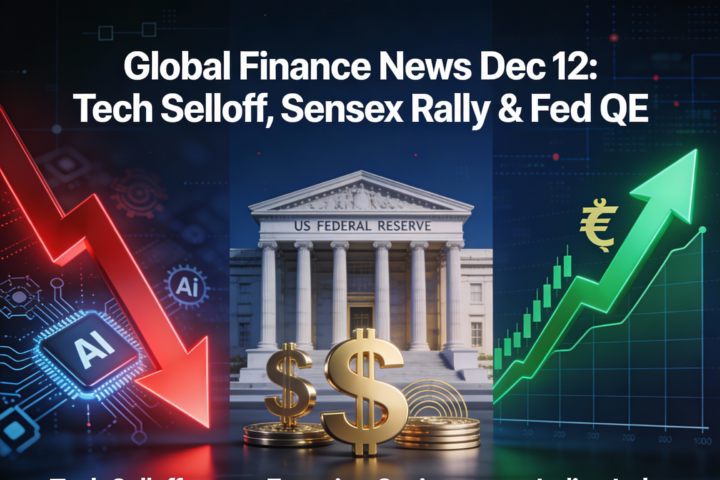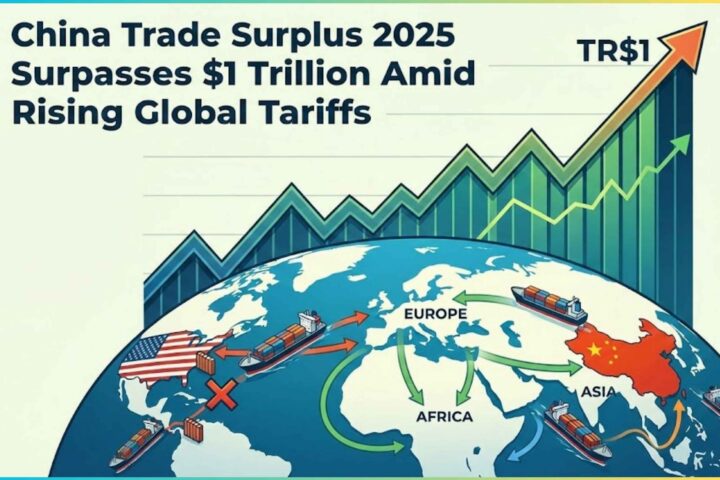In a landmark moment for tech and finance, Nvidia Corporation has become the first public company ever to achieve a market capitalisation of US$5 trillion. This achievement underscores the firm’s central role in the global artificial-intelligence boom.
Rising to $5 Trillion
Nvidia’s ascent has been swift. Just three months ago the company passed the US$4 trillion mark, making this milestone even more dramatic.
Its shares recently climbed above US$207, giving it a market cap of roughly US$5.03 trillion.
The surge reflects booming demand for its GPU-based chips used in training and running AI systems, as well as major partnerships and infrastructure investments.
What’s Driving This Rally
- Nvidia has disclosed about US$500 billion in AI chip orders in recent deals.
- It is also working with governments and other global companies to build AI systems and supercomputers.
- Investor optimism around AI’s transformational potential has pushed valuations in related sectors upward.
Why It Matters
This milestone signals that the market believes AI infrastructure and compute power are no longer niche bets — they’re foundational. For investors, it raises questions about how much of the expected growth is already priced in. For the tech sector, Nvidia’s dominance positions the firm as both a driver and a benchmark.
Risks and Considerations
Despite the celebratory tone, several caution flags are in place:
- High valuations rely on continued execution and growth — any slowdown could prompt re-rating.
- Geopolitical and export challenges could impact Nvidia’s access to global markets.
- Some analysts warn of an “AI bubble” as valuations stretch ahead of proven returns.
Outlook
While predicting when Nvidia might hit US$6 trillion is speculative, the key takeaway is that the market is betting big on AI infrastructure. That means those building around AI (hardware, software, services) may benefit — but so too may see increased scrutiny and risk.
Nvidia’s milestone of US$5 trillion market value marks a landmark moment in tech-finance history. It reflects the shift of AI from promise to premium.
Yet for investors and industry watchers, the question now is: how much of the future is already priced in and what’s next?
FAQs
1.What helped Nvidia reach a US$5 trillion valuation?
Strong demand for its AI chips, major enterprise and government partnerships, and record infrastructure spending in artificial intelligence have pushed Nvidia’s stock higher. Growing adoption of AI across industries continues to fuel revenue expectations.
2.How fast did Nvidia grow to US$5 trillion?
Nvidia crossed the US$4 trillion mark only a few months ago. This rapid rise highlights investor confidence in the AI sector and Nvidia’s dominant market share in AI chip technology.
3.Is Nvidia profitable enough to justify the valuation?
Nvidia has reported strong earnings growth for several quarters. However, the valuation also reflects future expectations. Analysts point out that the company will need to keep delivering major revenue gains to support this level.
4.Is this growth sustainable?
No one can say with certainty. The long term story remains positive due to strong AI infrastructure demand, but risks exist such as tighter competition, regulatory scrutiny, and global trade challenges.
5.How does this milestone affect global markets?
Nvidia’s rise has contributed significantly to gains in major US stock indices. It also raises concentration risk since a small number of tech companies now represent a large share of market performance.
6.What companies are Nvidia’s biggest customers?
Major cloud and tech companies including Microsoft, Alphabet, and Meta are large purchasers of Nvidia’s AI chips and systems. Their capital expenditure trends will continue to influence Nvidia’s future performance.
7.Could Nvidia face competition?
Yes. Companies like AMD, Intel, and several emerging AI chip makers in the United States and Asia are working to challenge Nvidia. However, Nvidia currently holds a strong technology and ecosystem advantage.
Follow DF Media for more insights and global finance updates.







